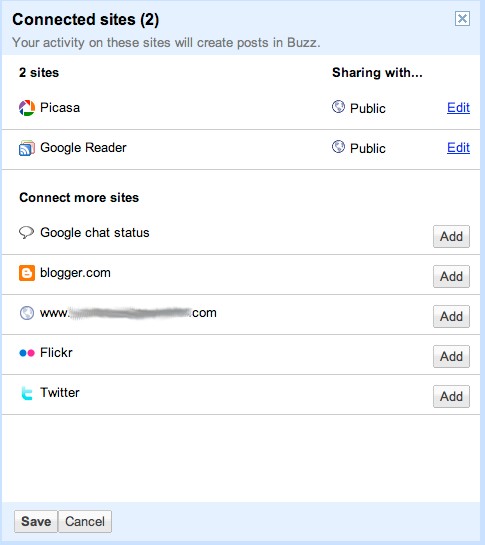As everyone knows, typing in a domain doesn’t always give you the site you intended to hit. And typos like this happen all the time. There are people who have realized this and are making money from it.
There are two ways to make money from domain typos – either by using PPC and bidding on these typos (and then making money from the traffic you get on these usually cheap keywords), or by registering these domains and putting ads on the site for them.
The people that do the latter are called “typosquatters”. And there’s potentially a lot of money in the ads for higher traffic domain typos. Keep in mind that if the owners of the real domain notice you doing this, they can ask you to take the site down.
Whether or not typosquatting is ethical is a subjective question, but the fact is that some people make a ton of money from it, and so does Google. You can find out more about this and the figures involved in this article from Sideways News.




